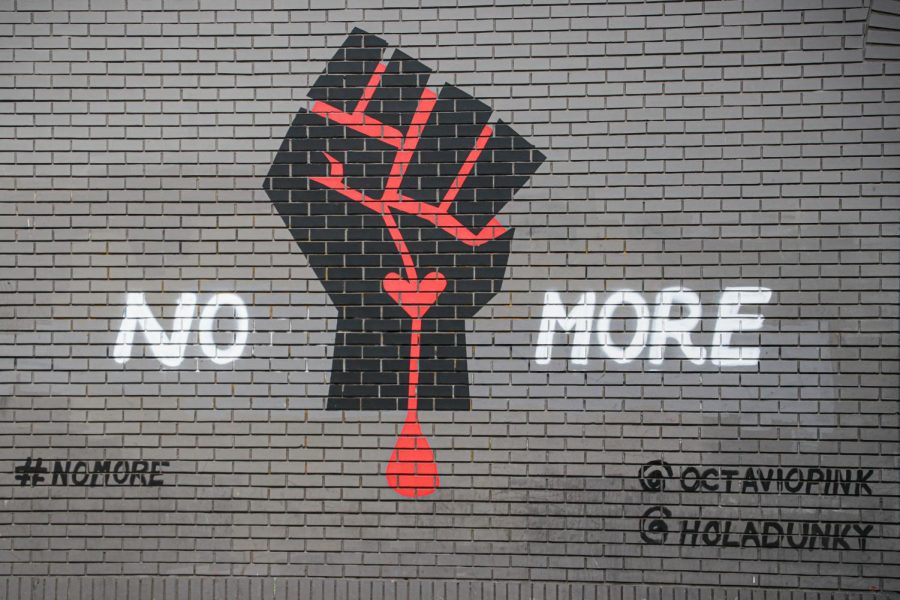Northern California college students, faculty and staff determined ways to improve the university environment for the Latino community during The Latina/o Students in Higher Education forum Feb. 27.
The focus of the forum was to prepare the campus for potential institutional and infrastructure changes in hopes of earning the Hispanic-Serving Institution status, according to Teresa Carrillo, Latina/o Educational Achievement Partnership committee member and associate professor of Latino/Latina studies.
SF State could receive funding for educational developments upon earning HSI status, which requires a university’s total enrollment to consist of more than 25 percent Latino students in all undergraduate, graduate and post-baccalaureate programs.

Latinos — classified as ‘Chicano or Mexican-American’ and ‘other Latinos’ — represented 26.1 percent of the total student population of SF State in 2013, according to the Office of Academic Institutional Research.
“We have seen a lot of (HSI) institutions (handle policy changes) poorly and have the funds lead the way,” Carrillo said. “They haven’t had a lot of success graduating students.”
LEAP organized the forum and released a report about Latino student success at SF State on the César E. Chávez Institute website on the same day as the event. The report pinpointed several specific academic challenges for Latino students at SF State such as the lack of bilingual financial aid advising and disproportionate admissions rates.
The report said that while 50 percent of Latino first-time freshman applicants were offered admission compared to more than 70 percent of White and Asian students in 2013, “many Latinos do not even consider four-year selective colleges because of the complicated application/admissions process, especially first-generation college goers.”
CCI Director Belinda Reyes said Friday’s event was also designed as a brainstorming meeting where participants could see data, share ideas on effectiveness and come up with goals for the University.
Reyes presented SF State institutional data regarding academic success while discussing potential factors that might be influencing Latino students, like the lack of Latino faculty on campus. Latinos comprised 7.6 percent of SF State faculty in 2012, according to the most recent statistics from the 2014 Data Book.
“There’s a lot of really good information about best practices, but they all have to fit the culture and reality of the institution,” Reyes said. “Assessing the campus needs is important for that.”
LEAP will reframe student success by changing SF State practices to better serve all students.
“So, the question is what should we apply for funding for?” Reyes said. “What are the priorities and the needs of students? The institute got involved to try to answer those questions.”

SF State graduate Veronica Garcia and seniors Yosimar Reyes and Jessica Iniquez spoke about several initiatives like the SF State organization Improving Dreams, Equity, Access, and Success, or IDEAS, which supports undocumented students and advocates for AB 540, better known as the Dream Act.
“I want (the undocumented student) community to be bold on campus,” Iniquez said. “And I want SF State to be a safe school for immigrants to disclose their status — and for them not to face barriers the way I have at other universities in terms financial aid or (admissions).”
Oscar Pena, City College of San Francisco associated student body president and SF State student, participated in the event and focused on fostering personal development in K-12 schools during a group discussion.
“Yeah, I know teachers are swamped, but then again, they are also the people who are the main contact with the students,” Pena said. “So we need to have more of those discussions, training them, making sure that they’re held accountable and making sure that they’re able to communicate with their students properly.”
By May, LEAP will release a fully revised report including suggestions for SF State to better accommodate Latino students. The report will be based partially on the discussion during the forum, Reyes said.
Pena said that the forum helped him realize he was “not the only one feeling alone” regarding the stigmatization of Latinos in higher education.
“(The event) reassured that, yes, there are problems, yes, there are many challenges and barriers but then again, there are solutions,” Pena said.





